China advances its earth observation capabilities with new satellite launch
Tuesday, 23 April 2024 21:30 China Aerospace Science and Technology Corporation (CASC) successfully launched a Long March 2D carrier rocket from the Xichang Satellite Launch Center in Sichuan province at 7:45 am on Sunday, delivering the new Yaogan 42B remote-sensing satellite into its planned orbit.
The Yaogan 42B, the newest member of China's expanding remote-sensing satellite fleet, is designed to enhance Earth obs
China Aerospace Science and Technology Corporation (CASC) successfully launched a Long March 2D carrier rocket from the Xichang Satellite Launch Center in Sichuan province at 7:45 am on Sunday, delivering the new Yaogan 42B remote-sensing satellite into its planned orbit.
The Yaogan 42B, the newest member of China's expanding remote-sensing satellite fleet, is designed to enhance Earth obs Exploring the marvels of Galileo: Europe's satellite navigation system
Tuesday, 23 April 2024 21:30 Galileo, born in the Netherlands in the 1990s and developed at ESA's ESTEC in Noordwijk, stands today as a testament to European innovation and technological ambition. This satellite navigation system has evolved into the largest and most complex constellation and ground segment in Europe, playing a pivotal role in various sectors including agriculture, search and rescue, robotics, and more.
Galileo, born in the Netherlands in the 1990s and developed at ESA's ESTEC in Noordwijk, stands today as a testament to European innovation and technological ambition. This satellite navigation system has evolved into the largest and most complex constellation and ground segment in Europe, playing a pivotal role in various sectors including agriculture, search and rescue, robotics, and more. Tsinghua University advances lunar habitat construction techniques
Tuesday, 23 April 2024 21:30 Tsinghua University's latest research emphasizes the critical importance of in situ lunar construction as we shift from exploration to the establishment of Moon habitats. Focusing on regolith solidification and formation, the study, led by Professor Feng, evaluates nearly 20 techniques for creating building materials directly from lunar soil, aiming to maximize efficiency and reduce dependency o
Tsinghua University's latest research emphasizes the critical importance of in situ lunar construction as we shift from exploration to the establishment of Moon habitats. Focusing on regolith solidification and formation, the study, led by Professor Feng, evaluates nearly 20 techniques for creating building materials directly from lunar soil, aiming to maximize efficiency and reduce dependency o Exploring methane mysteries on Mars: Curiosity Rover's new findings
Tuesday, 23 April 2024 17:36 NASA's Curiosity Mars Rover has revealed that methane is emerging from Gale Crater's surface, presenting a puzzling scenario for scientists. On Earth, most methane is biologically produced, yet Mars shows no clear signs of life, past or present, making this discovery unexpected. Curiosity's onboard laboratory, Sample Analysis at Mars (SAM), has consistently detected methane traces, suggesting a
NASA's Curiosity Mars Rover has revealed that methane is emerging from Gale Crater's surface, presenting a puzzling scenario for scientists. On Earth, most methane is biologically produced, yet Mars shows no clear signs of life, past or present, making this discovery unexpected. Curiosity's onboard laboratory, Sample Analysis at Mars (SAM), has consistently detected methane traces, suggesting a Large cargo landers to boost Moon missions for Artemis
Tuesday, 23 April 2024 17:36 NASA has commenced the development of large cargo landers under its Artemis program, with the aim of enhancing the scientific exploration capabilities of the Moon. The initiative involves collaboration between NASA and its human landing system providers, SpaceX and Blue Origin, to create landers capable of delivering substantial equipment payloads to the lunar surface.
These landers, which
NASA has commenced the development of large cargo landers under its Artemis program, with the aim of enhancing the scientific exploration capabilities of the Moon. The initiative involves collaboration between NASA and its human landing system providers, SpaceX and Blue Origin, to create landers capable of delivering substantial equipment payloads to the lunar surface.
These landers, which NASA to overhaul mission returning samples from Mars—here's why it must and will go ahead
Tuesday, 23 April 2024 15:50
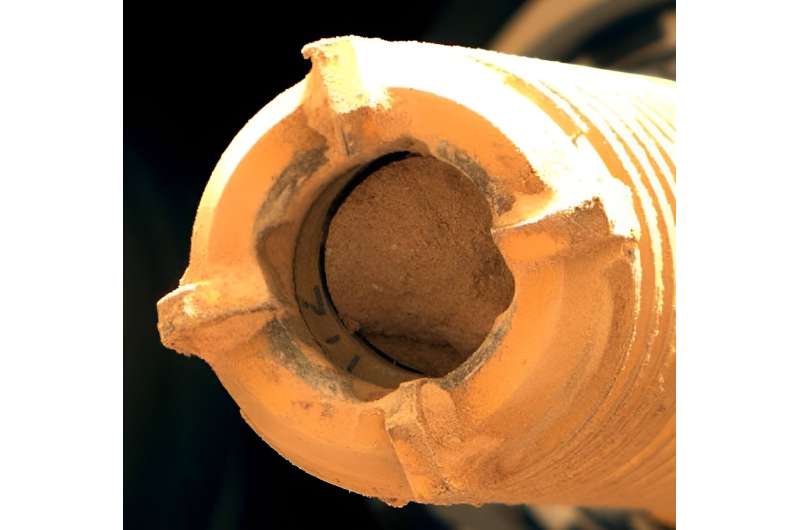
NASA recently announced that it is seeking new ways to complete the return to Earth of rock cores drilled by the Perseverance Rover in the Jezero Crater on Mars. This has led to some anxiety among space scientists, who view the Mars Sample Return (MSR) mission as a cornerstone of plans to explore the solar system.
But when you consider what's at stake, scientifically and politically, it seems highly likely that NASA will push ahead with the mission to make it a success.
One key conclusion of the NASA review is that MSR was established with unrealistic budget and schedules. Now it expects a cost of US$8–11 billion (£6.5–8.9 billion), having originally estimated $5.3 billion. That's not including the investment that the European Space Agency (ESA) is making, which is probably of the order of €2 billion (£1.7 billion).
SpaceX launch this evening would mark 300th booster landing if successful
Tuesday, 23 April 2024 15:40
SpaceX is set to send up the 30th launch on the Space Coast this year targeting an evening liftoff Tuesday that would see the 300th booster recovery if successful.
A Falcon 9 rocket carrying 23 of SpaceX's Starlink internet satellites is aiming to launch at 6:17 p.m. at the opening of a four-hour window Tuesday that runs from 6:15-10:15 p.m. A backup opportunity falls from 5:50-9:50 p.m. Wednesday.
Space Launch Delta 45's weather squadron forecasts better than 95% chance for good conditions for both Tuesday and the Wednesday backup.
The first-stage booster will set a milestone for the company marking the 300th time a Falcon 9 or Falcon Heavy booster has made a recovery landing, and the 270th time SpaceX has reflown a booster.
This particular booster is flying for the ninth time including one human spaceflight, Crew-6, and SpaceX will attempt its recovery landing downrange on the droneship Just Read the Instructions stationed in the Atlantic Ocean.
The company's first successful booster recovery came in December 2015, and it has not had a failed booster landing since February 2021.
Ariane 6 flies OOV-Cube: Internet of (wild) Things
Tuesday, 23 April 2024 13:16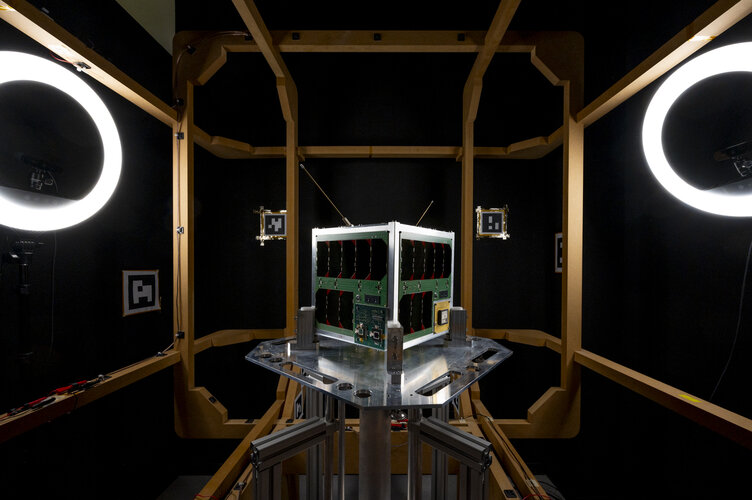
Europe’s newest rocket soon launches, taking with it many space missions each with a unique objective, destination and team at home, cheering them on. Whether launching new satellites to look back and study Earth, peer out to deep space or test important new technologies in orbit, Ariane 6’s first flight will showcase the versatility and flexibility of this impressive, heavy-lift launcher. Read on for all about OOV-Cube, then see who else is flying first.
Hubble celebrates 34th anniversary
Tuesday, 23 April 2024 13:00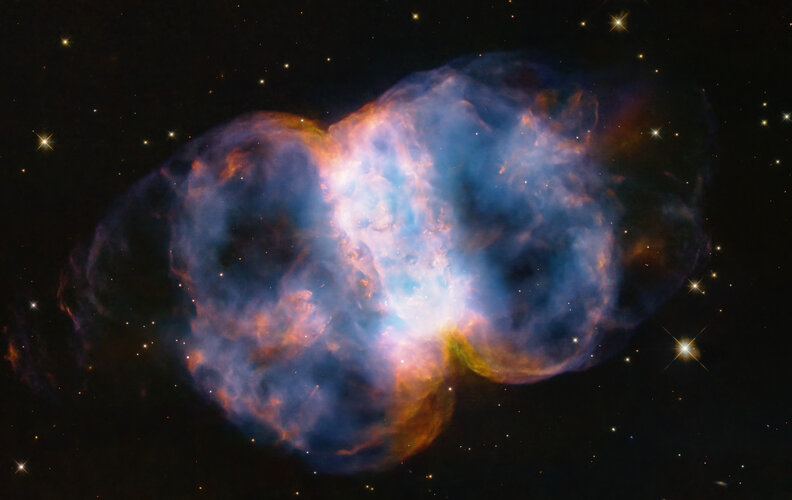
In celebration of the 34th anniversary of the launch of the legendary NASA/ESA Hubble Space Telescope on 24 April, astronomers took a snapshot of the Little Dumbbell Nebula (also known as Messier 76, M76, or NGC 650/651) located 3400 light-years away in the northern circumpolar constellation Perseus. The photogenic nebula is a favourite target of amateur astronomers.
China reorganizes its military, impacts likely for space operations
Tuesday, 23 April 2024 11:41
NASA continues work on response to biological and physical sciences decadal survey
Tuesday, 23 April 2024 10:37

Space Team Europe for Ariane 6: Julien Guiridlian
Tuesday, 23 April 2024 09:00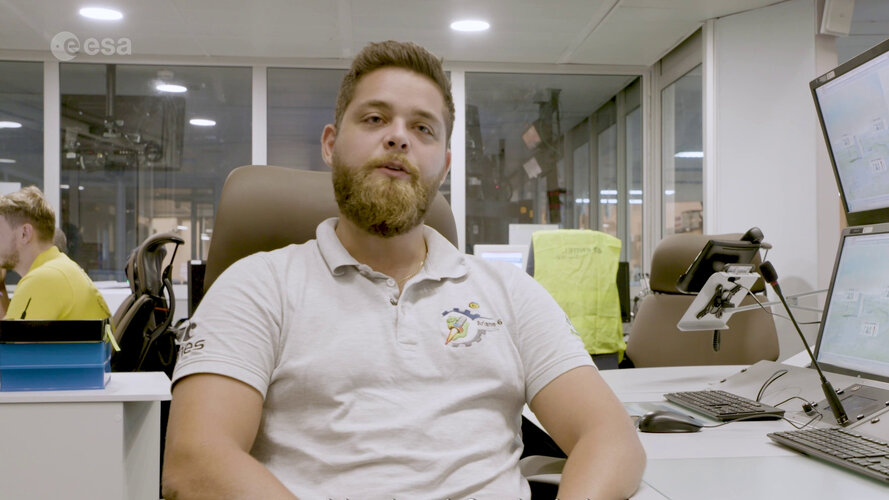 Video:
00:02:19
Video:
00:02:19
They say it takes a village to raise a child. To launch a rocket, we have the combined expertise and passion of Space Team Europe. Julien Guiridlian is one of many making the first Ariane 6 launch possible and has been interviewed as part of a series highlighting some of the people that make up this dream team.
Working for France’s space agency CNES, Julien is Ariane launch complex assistant, which means he takes care of the ground segment for the combined tests on Europe’s new rocket. Julien takes care of coordinating everything from the fuel for the
PLD Space raises funding to expand facilities for Miura 5 rocket
Tuesday, 23 April 2024 07:42

Health science in orbit
Tuesday, 23 April 2024 06:15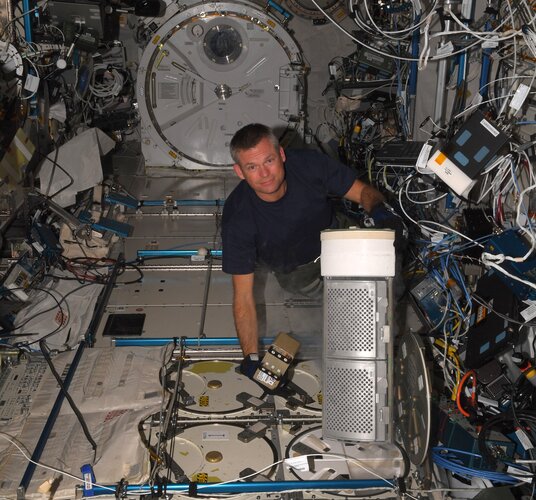
Missions to the International Space Station focus on conducting science at Earth’s orbiting laboratory. One of the science pillars for Andreas Mogensen’s Huginn mission was health where researchers study the effects of microgravity on the human body in space. Here is an overview of some of the science that Andreas performed during his six-month mission.


